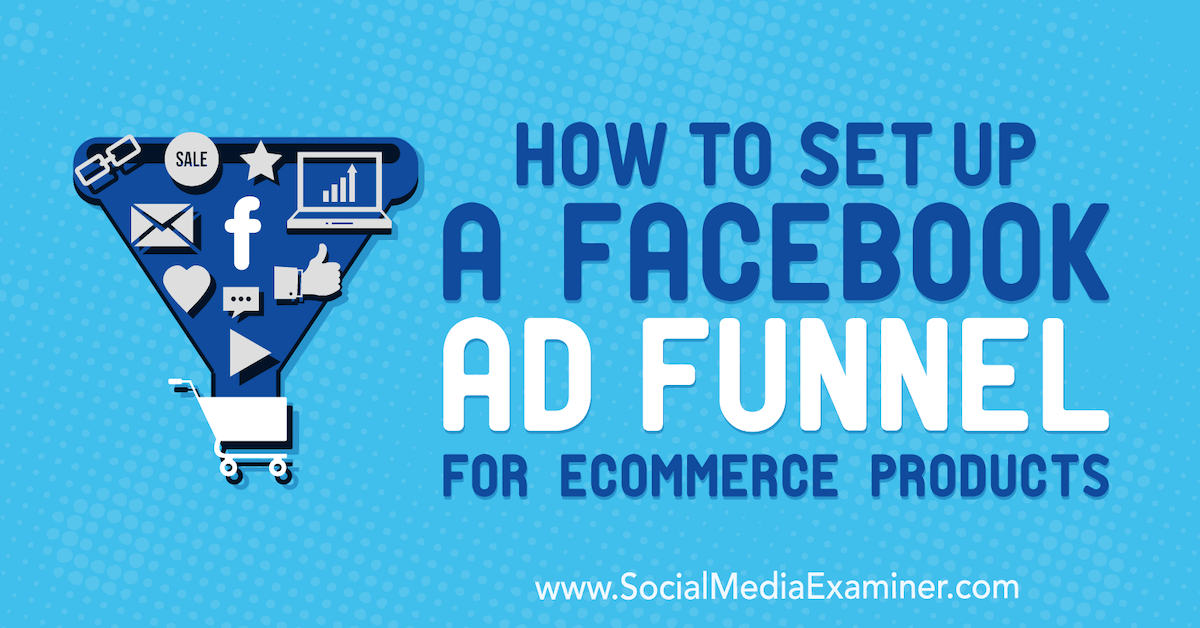
This article was created in partnership with StudioWorks. Thank you for supporting the partners who make SitePoint possible.
B2B ecommerce businesses are currently facing a bit of a boom. Forrester estimates that B2B ecommerce revenues will reach $1.8 trillion in the US in the next four years. And a recent BigCommerce study found that 41% of B2B retailers predict their online sales to increase more than 25% by the end of the year.
So if you’re building a B2B ecommerce storefront to capitalize on this boom, it’s important that you take the time to ensure that the website has all the right functionality to receive and fulfill orders, and to deliver a great shopping experience to your buyers.
In this post, we’ll take a look at some of the key principles you’ll need to keep in mind when tackling a B2B ecommerce website build.
But before we begin, let’s put everything into a bit of context.
Key Differences Between B2C and B2B Ecommerce Sites
B2B ecommerce companies, of course, provide the goods and services that other companies need to operate and grow. In the ecommerce space, when we refer to a B2B company, we’re generally talking about firms that sell physical goods on a wholesale basis, but other types of B2B companies have been known to get into the ecommerce game.
For example, industrial suppliers or consultancy service providers are generally B2B companies, and they may or may not offer online purchasing options too. B2C companies, on the other hand, sell their products and services direct to individual customers.
Currently, the B2B ecommerce opportunity is huge compared to B2C ecommerce, which has become harder to crack due to high levels of competition and low barriers to entry. B2B buyers are becoming increasingly interested in making purchases online. Sellers, meanwhile, are only starting to make it possible.
But just because the demand is there doesn’t mean corporate buyers are expecting the same type of experiences from B2B ecommerce that they get on Amazon. Here are a few key differences between B2B and B2C, when it comes to ecommerce interfaces and customer experiences.
-
Breadth of audience
One major difference between B2B and B2C is the scale of their target audience. B2B sites deal with buyers who have simple, targeted profiles such as CTOs at tech startups. On the flip side, B2C sites have a broader group of people to cater to — for instance, moms with toddlers or millennials who are into sneakers.
For this reason, B2B ecommerce sites typically have a different purchasing user flow which involves more personalization.
-
Average price point
Most B2C ecommerce sites sell to hundreds of thousands of customers because their products typically sell at a lower price point. On the other hand, B2B sites may have less than 100 customers.
B2B ecommerce sites often use quote builders and set up different technology to be able to accept and process larger orders. For example, this may include options for recurring payments, bulk discounts, and shipping.
-
The decision-making process
B2C buying decisions are made fairly quickly, as they’re generally less rational and more based on impulse. Lower pricing points make this possible. In B2B decisions, the purchasing manager may have to get approval from senior executives, finance, marketing, and legal departments before placing an order.
To streamline the decision-making process, B2B ecommerce site owners offer tailored pricing to buyers. They also set up customer accounts to make it easy for buyers to fill out orders and complete transactions.
With the above in mind, let’s take a closer look at some of the important principles to guide you as you build your next B2B ecommerce website.
1. Integrate with an ERP Solution
As a B2B company, you’ll be able to significantly increase productivity by integrating an ERP solution with your ecommerce site.
The key benefit is that your inventory levels will automatically update in two places. Inventory availability figures can appear on the front end of the site as goods are added to inventory, giving customers a better shopping experience. Plus, with access to ERP data on the back end, you can enable your staff to easily meet orders and forecast product demand.
Another key benefit of integrating an ERP solution is that you won’t need to hire additional workers in case product demand goes up.
Here are some of the most common ERP integration patterns:
- Migration. Data migration ERP refers to the movement of a particular set of data between two systems at a specific point in time. The migration can either be on an as-needed basis through an API or on command by setting the configuration parameters to pass into the API calls.
- Broadcast. The broadcast ERP integration pattern involves the transfer of data from one source system to multiple destination systems in real time. Broadcast systems help move data quickly between systems and keep multiple systems up to date across time.
- Aggregation. This ERP pattern receives data from multiple systems and stores it into only one system. It eliminates the need to regularly run multiple migrations, which removes the risk associated with data synchronization and accuracy.
- Bi-directional synchronization. Bi-directional sync ERP integration is useful in situations where different systems are required to perform different functions in the same data set.
- Correlation. Correlation is similar to bi-directional ERP integration. The difference is that the former synchronizes objects only if they’re present in both systems.
BigCommerce offers a number of ERP integrations, including Brightpearl, Stitch Labs, NetSuite ERP Connector by Patchworks, and Acumatica Cloud ERP by Kensium via the eBridge Connections systems integrator.
The post 4 Key Principles to Remember When Building B2B Ecommerce Websites appeared first on SitePoint.
by Gal Shachar via SitePoint


